Thank you dear subscribers, we are overwhelmed with your response.
Your Turn is a unique section from ThePrint featuring points of view from its subscribers. If you are a subscriber, have a point of view, please send it to us. If not, do subscribe here: https://theprint.in/subscribe/
Capt Tania Shergill leading an Army Contingent smartly at the Republic Day Parade 2020 made our hearts swell with pride. She was also the first woman Parade Adjutant at the Army Day Parade 2020. When the first batch of three women fighter pilots were commissioned into the Indian Air Force, a proud milestone was achieved. Flt Lt Bhawana Kanth became the first woman fighter pilot to be part of IAF’s tableau in 2021. More recently, on 26 Jan 2023, Flg Offr Meghna Shanboug became the cynosure of our eyes. It was indeed pure joy to see so many women in uniform, in prominence, at Kartavya Path during the Republic Day Parade.These were images of an evolving India.
However, many feel that women, especially women in uniform, have been getting more than their fair share of attention vis a vis their male counterparts. One can’t deny that the focus on them is disproportionate even after thirty years of women’s entry. And isn’t this, one wonders, the biggest pointer towards gender inequality? To be in awe of the fair sex for being there and doing it all with aplomb, is an indicator of male superiority and deep- rooted patriarchy, after all. Weren’t the ladies expected to be as good, after having gone through a rigorous selection process and trained for the jobs they would perform?
Having been fortunate enough to be born to a mother who was a doctor in the Army, donning the olive- green uniform in the 1960s, I never had fathomed the uniqueness I was blessed with. Equality of gender and freedom of choice as a person was taken for granted. My maternal grandmother also being a school teacher with egalitarian views, I was quite insulated from the reality of gender inequality and the struggles that young girls and women faced in order to simply stay afloat. To most of them, even today, to just prosper or blossom into individuals in their own right remains a farfetched dream!
When I joined the Officers’ Training Academy, Madras in 1994 along with twenty- four other lady cadets, I knew that I was treading on a challenging and revered career path for both men and women equally; it never occurred to me, however, as to how extraordinary it was perceived by society! This may probably be attributed to the working women’s legacy in my family. I always felt and perhaps rightly so, that every woman doing her bit, is a hero in her own right: be it the ubiquitous and hardworking housewife, the woman chopping vegetables in a Mumbai local train on her way back from office, the labourer toiling hard on the roadside keeping an eye on her infant in a makeshift cloth hammock, the teacher shaping young minds or the scientist, physician, businesswoman or bureaucrat doing a perfect balancing act with elan. Even till a few years ago, comments like “you must have been an inspiration to so many young girls” used to be met with a dismissive glance from my end. Afterall, it was only what a youth seeking a career and some sort of validation would do. Also, women have been contributing with distinction in various fields of their choosing, for so many years.
Thus, the focus on women in uniform at any public event is largely regarded by many, as a form of tokenism or symbolism of ‘women power’ and perhaps despised in many quarters too.
However, this “symbolism” or “tokenism” of women power is very important for the progress of a nation and a change of mindset. A contingent of smartly marching women, a woman leading a contingent of men, a woman darting across in a fighter plane during the flypast, a woman in the motorcycle cavalcade, a uniformed woman saluting impeccably in a RD parade tableau or a woman leading a Guard of Honour, everything matters. All these images challenge the still prevalent patriarchy and a regressive mindset in many sections of our society. The uniform traditionally has been a representation of the indomitable male bastion; and if this formidable bulwark is seen to be razed by women, it gives many, lot of hope. A hope to equal and ace in diverse realms of life.
If this “symbolism” or” tokenism” changes the outlook or perception of just one girl, one boy, a mother, a father, a brother or a husband, the purpose is served. To give young girls a dream to follow, as an equal, for a better and emancipated future, is what is nobly sought.
These pieces are being published as they have been received – they have not been edited/fact-checked by ThePrint.
Also read: CEOs are not invincible. Corrective measures needed if they cannot steer companies to profits

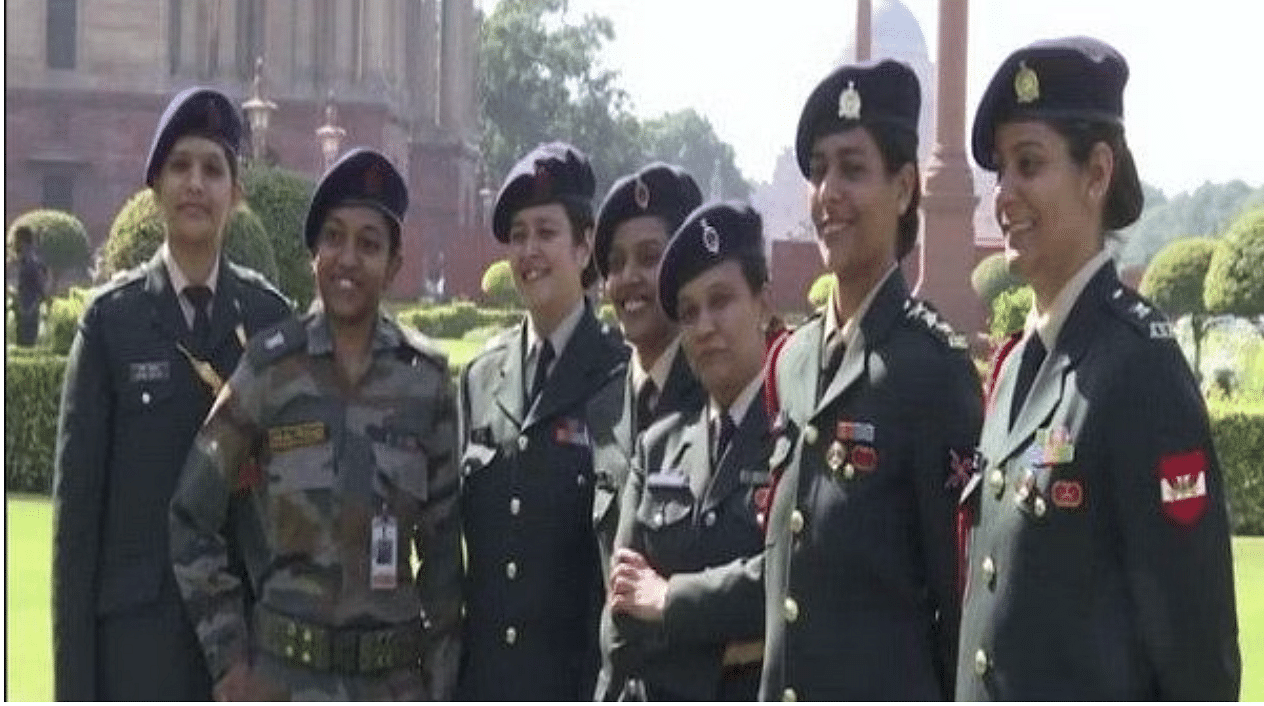
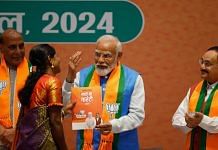
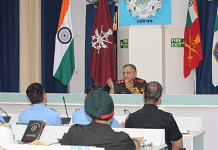


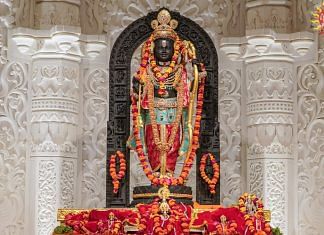



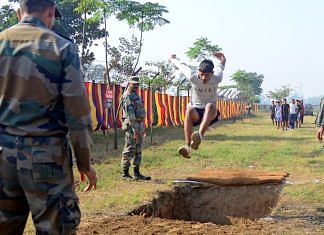
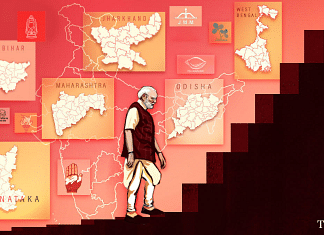
COMMENTS